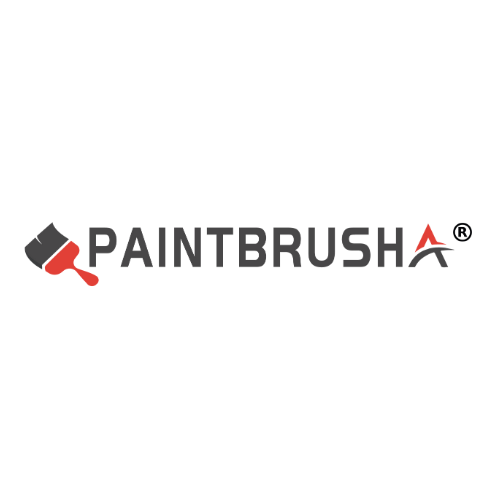When choosing an oil brush, it is indeed necessary to pay attention to some details to ensure that you purchase a brush that suits your personal painting needs and style. The following are some details that need attention:
First, the material and hardness of the bristles
Material: The bristles of oil painting brushes are made of various materials, including common ones such as pig bristles, mink bristles, badger bristles, wool, and nylon. Bristles made of different materials have different hardness and elasticity, and are suitable for different painting techniques. For example, pig bristles are relatively hard and suitable for thick coating and texture shaping. Mink fur is soft and fine, suitable for fine painting and blending.
Hardness: The hardness of the bristles directly affects the performance of the brushstrokes. Hard-bristled brushes are suitable for bold brushstrokes and thick coating techniques, while soft-bristled brushes are ideal for delicate depictions and color transitions. Choose the appropriate hardness according to your personal painting style.
Second, bristle length and density
Length: The length of the bristles determines the softness of the brushstrokes and the coverage area. Brushes with long bristles are suitable for large areas of color application and soft brushstrokes, while brushes with short bristles are suitable for fine drawing and outlining.
Density: The density of the bristles affects the ink storage capacity and coverage ability of the brush. Brushes with high density can carry more pigments and are suitable for thick coating techniques. Brushes with low density are suitable for thin painting and fine drawing.
Third, the shape and purpose of the paintbrush
Shape: The shapes of oil brushes are diverse, including flat heads, round heads, fan-shaped, hazel-shaped, etc. Brushes of different shapes are suitable for different painting needs. For instance, flat-tipped brushes are suitable for large areas of color application and straight strokes, while round-tipped brushes are ideal for fine depictions and smooth contours.
Purpose: Select the appropriate brush shape based on the content and style of the painting. For instance, a landscape painting might require a flat-tipped brush to depict the sky and water surface, while a portrait painting might need a round-tipped brush to draw facial details.
Fourth, the quality and craftsmanship of the brush
Quality: Check the quality of the brush, including the neatness and firmness of the bristles as well as the overall structure of the brush. High-quality painting brushes have neat and firm bristles that are not easy to fall off, and the overall structure of the brush is stable.
Craftsmanship: Observe the manufacturing process of the paintbrush, such as the cutting and fixation methods of the bristles. Exquisite craftsmanship can ensure the service life and performance of the paintbrushes.
Fifth, brand and cost performance
Brand: Choose oil painting brushes from well-known brands, as their quality is usually more guaranteed. One can learn about the reputation of different brands through online reviews, professional forums and other means.
Cost performance: Choose the appropriate paintbrush based on your budget and needs. There is no need to blindly pursue high-end brands or expensive prices. Instead, attention should be paid to the performance and practicality of the brushes.
Sixth, personal habits and preferences
Grip feel: Try holding brushes of different brands and models to experience their grip comfort and balance. Choosing a paintbrush with a good grip can improve the efficiency and comfort of painting.
Personal preference: Choose a suitable brush based on your own painting style and habits. For instance, painters who prefer a delicate style might be more inclined to choose soft-bristled brushes, while those who like bold brushstrokes might prefer hard-bristled brushes.
Seventh, additional considerations
Maintenance and care: Understand the maintenance methods of paintbrushes, such as cleaning and drying. Choosing brushes that are easy to maintain and service can extend their service life.
Environmental friendliness: With the enhancement of environmental awareness, it is possible to choose brushes made of eco-friendly materials to reduce the impact on the environment.
